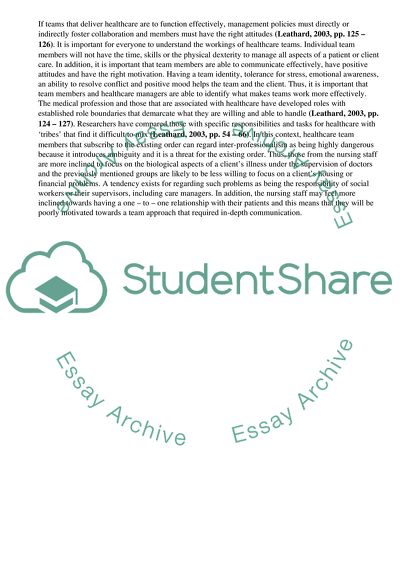Cite this document
(Inter-professional Practice in Scotland Term Paper, n.d.)
Inter-professional Practice in Scotland Term Paper. Retrieved from https://studentshare.org/management/1719145-inter-professional-practice-and-team-management-scotland
Inter-professional Practice in Scotland Term Paper. Retrieved from https://studentshare.org/management/1719145-inter-professional-practice-and-team-management-scotland
(Inter-Professional Practice in Scotland Term Paper)
Inter-Professional Practice in Scotland Term Paper. https://studentshare.org/management/1719145-inter-professional-practice-and-team-management-scotland.
Inter-Professional Practice in Scotland Term Paper. https://studentshare.org/management/1719145-inter-professional-practice-and-team-management-scotland.
“Inter-Professional Practice in Scotland Term Paper”, n.d. https://studentshare.org/management/1719145-inter-professional-practice-and-team-management-scotland.


